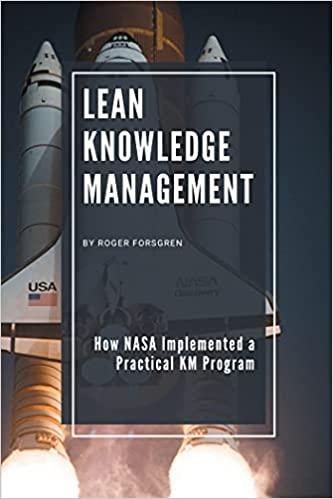Answered step by step
Verified Expert Solution
Question
1 Approved Answer
A manual arc-welding cell uses two operators: a welder and a fitter (who lays out, positions, and secures parts and assemblies according to specifications). The
 A manual arc-welding cell uses two operators: a welder and a fitter (who lays out, positions, and secures parts and assemblies according to specifications). The cell operates 2500hr/yr. The welder is paid $33/hr and the fitter is paid $27/hr. Both rates include applicable overheads. The cycle time to complete one welded assembly is 18.4 min. Of this time, the arc-on time is 24%, and the fitter's participation in the cycle is 5% of the cycle time. A robotic arc-welding cell is being considered to replace this manual cell. The new cell would have one robot, one fitter, and two workstations, so that while the robot is working at the first station, the fitter is unloading the other station and loading it with new components. The fitter's rate would remain at $27/hr. For the new cell, the production rate would be 10 welded assemblies per hour. The arc-on time would increase to almost 54%, and the fitter's participation in the cycle would be about 56%. The installed cost of the robot and workstations is $162,000. Power and other utilities to operate the robot and arc welding equipment will be $3.4/hr, and annual maintenance costs are $3200. Given a 3-year service life, 16% rate of return, and no salvage value, determine the annual quantity of welded assemblies (nearest integer) that would have to be produced to reach the breakeven point for the two methods
A manual arc-welding cell uses two operators: a welder and a fitter (who lays out, positions, and secures parts and assemblies according to specifications). The cell operates 2500hr/yr. The welder is paid $33/hr and the fitter is paid $27/hr. Both rates include applicable overheads. The cycle time to complete one welded assembly is 18.4 min. Of this time, the arc-on time is 24%, and the fitter's participation in the cycle is 5% of the cycle time. A robotic arc-welding cell is being considered to replace this manual cell. The new cell would have one robot, one fitter, and two workstations, so that while the robot is working at the first station, the fitter is unloading the other station and loading it with new components. The fitter's rate would remain at $27/hr. For the new cell, the production rate would be 10 welded assemblies per hour. The arc-on time would increase to almost 54%, and the fitter's participation in the cycle would be about 56%. The installed cost of the robot and workstations is $162,000. Power and other utilities to operate the robot and arc welding equipment will be $3.4/hr, and annual maintenance costs are $3200. Given a 3-year service life, 16% rate of return, and no salvage value, determine the annual quantity of welded assemblies (nearest integer) that would have to be produced to reach the breakeven point for the two methods Step by Step Solution
There are 3 Steps involved in it
Step: 1

Get Instant Access to Expert-Tailored Solutions
See step-by-step solutions with expert insights and AI powered tools for academic success
Step: 2

Step: 3

Ace Your Homework with AI
Get the answers you need in no time with our AI-driven, step-by-step assistance
Get Started


